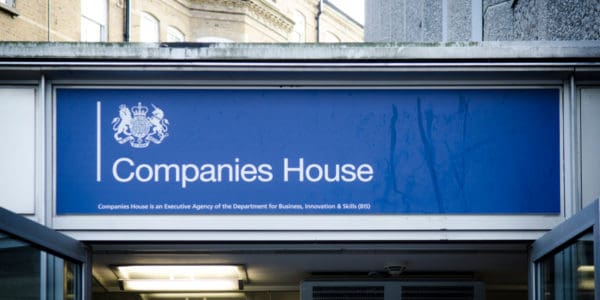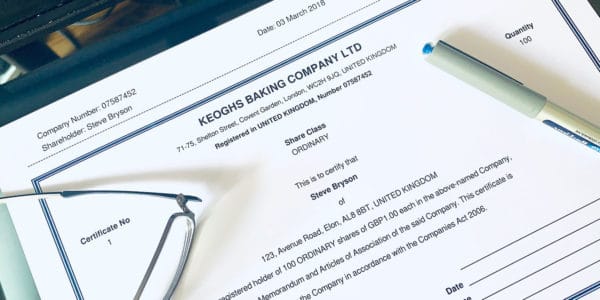Dividends are the vehicle that a company uses to distribute its trading profits to shareholders. They are an important aspect of how shareholders are rewarded for their investment in a company.
Put simply, if a company makes a profit, it can issue dividends to shareholders. ‘Profit’ is the amount left over after a company has paid its business expenses and tax liabilities. The amount of a dividend must not exceed the amount of profit (after tax) available to cover the payment.
Key takeaways
- Companies use dividends to reward shareholders, reflecting their trust and investment in the business’s success.
- Dividend payments can enhance a company’s image, signaling financial stability and attracting more investors.
- Shareholders hold voting rights, allowing them to influence major business decisions beyond just dividend payments.
The directors of a company are responsible for determining the value of company dividends, as well as overseeing payment. However, shareholders themselves have voting rights, and they also approve the payments through their voting rights. There is no obligation on the directors to declare a dividend.
Dividends can be paid in a number of ways, such as through the additional distribution of stock shares or other property. The most common form that these payments take, however, is still cash.
Retained earnings and dividend types
When a company makes a profit, the majority will often be classed as ‘retained earnings’. Namely, money that is used to operate the business going forward.
Commonly, a company will use the remainder of its profit, after retained earnings have been accounted for, to form the basis of its dividend payments. Often a company will use retained earnings to continue to pay them in future years, even if it has not made the necessary profits, in order to keep shareholders happy.
Dividend Tax Calculator
The amount of payment is up to the discretion of a company’s board of directors, with final dividend amounts being subject to shareholder approval.
Similarly, the time frame of payments can vary from company to company. They can be paid monthly, quarterly, bi-annually, or annually, depending on circumstances.
It is common for a company to issue two dividend types – interim (issued throughout the year) and final (at the end of the year). Shareholder approval is usually required only on the final year-end payment.
In summary, interim dividends can be set and approved by directors. Final dividends are generally proposed by directors and approved by the members (shareholders).
Dividend dates
Important dates to be aware of include the:
- ‘announcement date’, which is when company management announces the nature of upcoming dividends
- ‘ex-dividend date’, or ex-date, which is the date after which shareholders buying stock will not qualify to receive the dividend
- ‘payment date’, which is the date on which the payments are actually made
Why are dividends paid?
There are a number of reasons a company would want to pay dividends to their shareholders, the primary one being as a reward for investment and ownership. In other words, as a reward for trust.
Trust
Shareholders display their trust in a given company by purchasing a number of that company’s shares, and it’s expected that this trust will be rewarded. The trust of a company’s investors is an invaluable commodity, and if a company continually avoids paying dividends, it may lead investors to sell their shares en masse.
Tax
Dividend payments are generally taxed at a lower rate than salaried income, plus there is a £500 tax-free dividend allowance. Furthermore, there is no need to pay National Insurance contributions (NICs) on this income. Hence, they are popular among shareholders.
Company Image
There is also the benefit to a company’s image. If dividend payments are made regularly, then that company is going to be considered reliable. This will help encourage more shareholders to invest over time. If the payments increase year on year, it can also be a positive indicator that the company is in a good state of financial health.
- How to issue dividends in a company limited by shares
- What are the dividend tax rates in the UK?
- What does it mean to have shares in a company?
Of course, shareholders also invest in a company to retain specific controls over it. They have a number of rights and are able to ensure the directors do not overstep their delegated powers.
The shareholders also retain the power to make major decisions affecting the business, which they typically exercise through voting on resolutions at general meetings. Therefore, it is important to understand dividend payments are not the only reason for investing in a company.
Please note that the information provided in this article is for general informational purposes only and does not constitute legal, tax, or professional advice. While our aim is that the content is accurate and up to date, it should not be relied upon as a substitute for tailored advice from qualified professionals. We strongly recommend that you seek independent legal and tax advice specific to your circumstances before acting on any information contained in this article. We accept no responsibility or liability for any loss or damage that may result from your reliance on the information provided in this article. Use of the information contained in this article is entirely at your own risk.










Join The Discussion